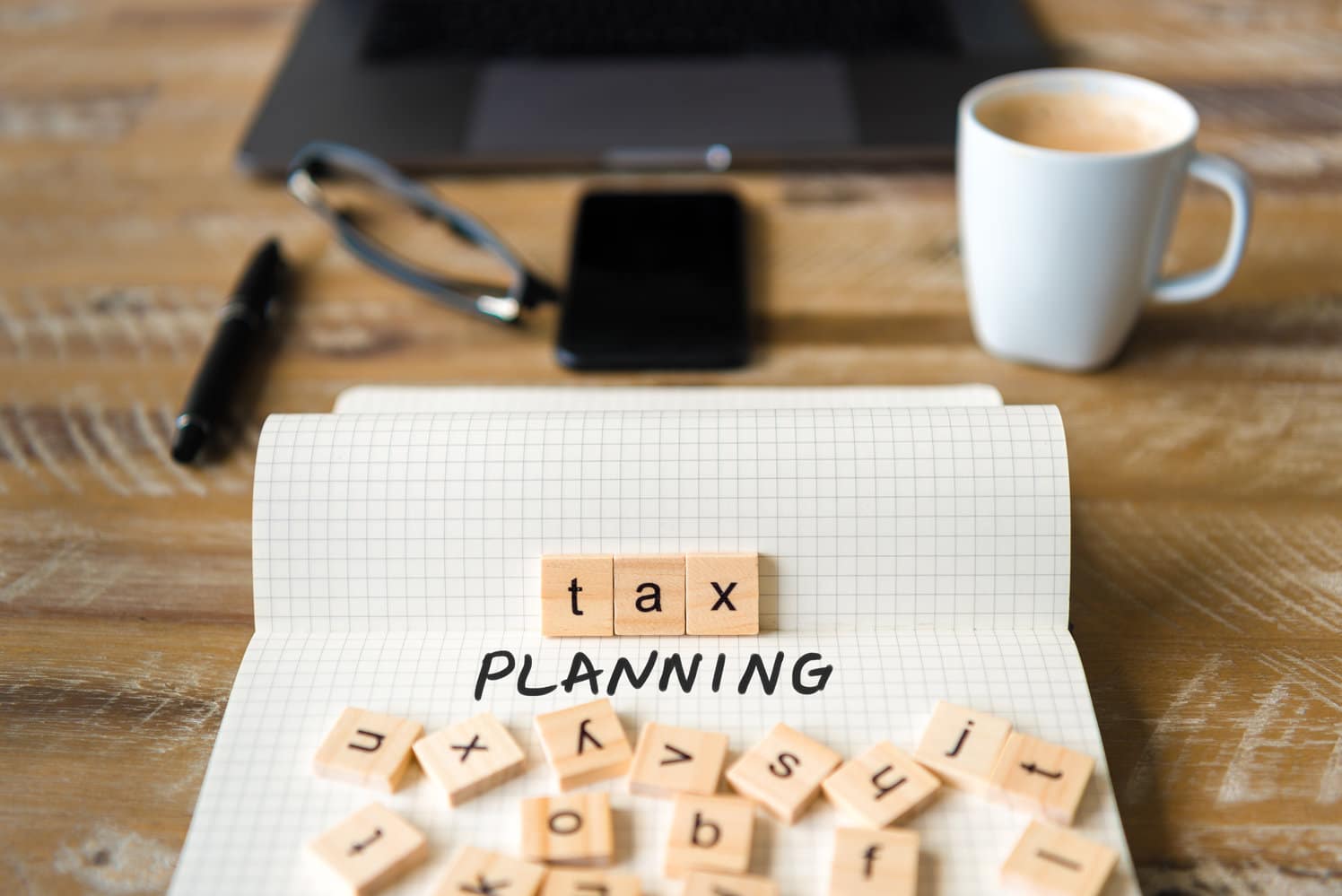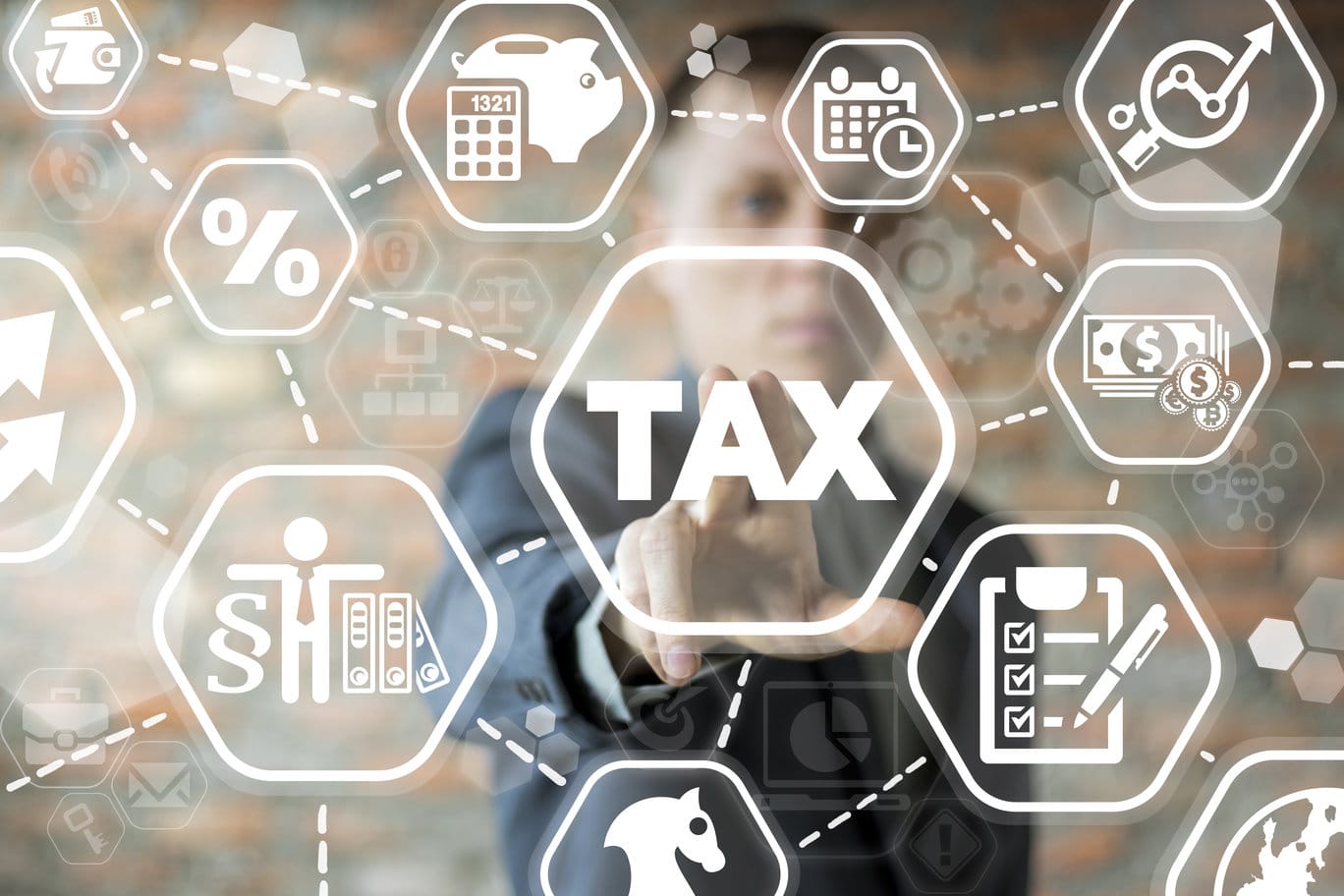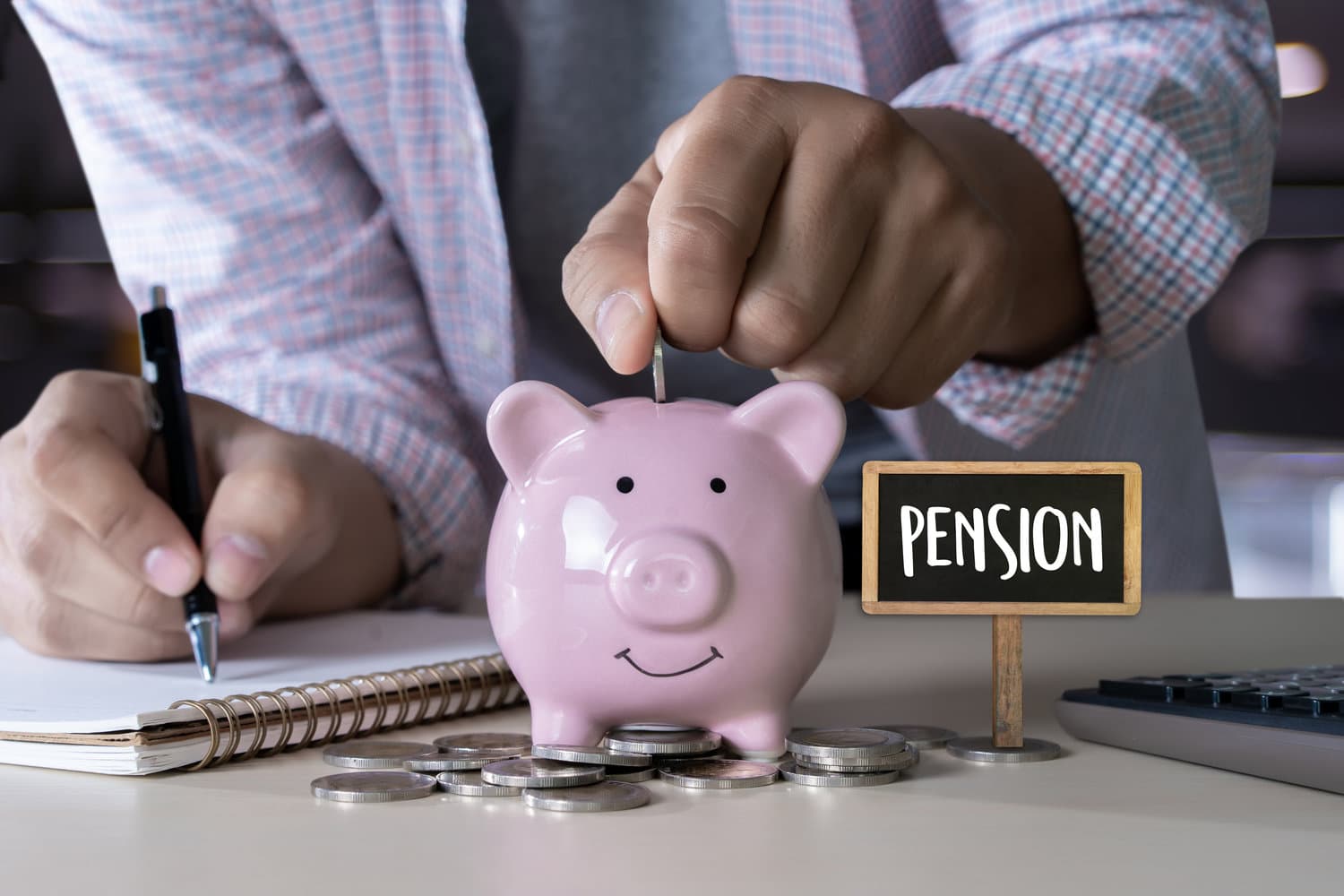Jasmine Birtles
Your money-making expert. Financial journalist, TV and radio personality.


When it comes to investing there are a lot of aspects you can’t control – but fortunately, tax wrappers are there to help you. There are several different types of tax wrappers to choose from. Each individual tax wrapper has certain characteristics that make it more, or less suitable for certain types of investments. Spreading money out across a few of these wrappers gives you the best overall benefits.

A tax wrapper is a type of tax break that individuals can wrap around their investments to shield them from paying some, or all of the tax on it. The two most common tax wrappers that you come across every day are pensions and ISAs. Both of these offer generous tax benefits that everyone is entitled to. The more you deposit into them (up to the allowance limit), the greater the rewards you see.
Tax wrappers help to protect your investment earnings from the government scurrying away a share. There are limits on how much you can deposit into these without having to pay tax, but with a pension and ISA allowance combined, it currently stands at £60,000 per person, per tax year. Which is not something to be sneered at.
The two main tax-incentivised investments are pensions and Individual Savings Accounts (ISAs). Although there are other ways you are able to invest tax-efficiently, such as with Venture Capital Trusts (VCTs), too.
From an investment perspective, the treatment of income and the accessibility of the assets within each wrapper are important, and what would be suitable to your own financial circumstances should be taken into consideration.

There are no restrictions on the number of pension schemes you can belong to, just on the total amount you can contribute each tax year. With this in mind, you can spread money across a few different pension schemes to get the widest investment portfolio and diversification of funds.
The key beneficial part of a pension is the tax relief. For basic rate taxpayers, if they invested £100 into their pension, it would actually only cost them £80. The government would top up the extra amount by basically refunding the income tax that would’ve otherwise been taken. For higher rate and additional rate taxpayers, investing £100 into their pensions would only cost them £60 and £55 respectively.
You can now set up pensions for children and they are a great way to provide once you’re gone. Any money in your own pension isn’t included in the value of your estate for IHT purposes, and also any money invested in your children’s pensions won’t be included either.
A SIPP is basically a do-it-yourself pension. You have the choice over where your money is invested and can keep control of your savings yourself. SIPPS offer wider investment power than what is available for personal pensions.
As listed on the Pension Advisory Service, this investment power allows you to invest in a range of assets including:
Junior ISAs are available and the current tax-free allowance is £9,000. Children can invest money into both cash or stocks and shares ISAs, where the same tax rules apply.
VCTs are investment companies listed on the London Stock Exchange. They’re set up to enable investments into small UK businesses and those in early stages that meet particular criteria. The government offers very generous tax benefits for investing in VCTs to encourage support for smaller businesses although these investments are generally riskier than others and are for the long-term. If money is withdrawn too soon then the tax advantages will disappear.
The VCT benefits are:
VCTs are usually utilised mostly by investors who have already used up their pension and ISA allowances and can then turn to VCTs for additional tax-efficient investments.
The investment platform, AJ Bell, looked at tax data from the past decade and found that UK citizens are paying almost 30% more in tax than they did only 10 years ago. The total net income tax receipts were also 6% higher than the previous year.
With everyone paying more tax than they ever have, utilising tax wrappers like pensions and ISAs properly can really help reduce your income tax bill and save thousands. Making the most of your income tax, savings, and dividend allowances is the best way to do this.
Many financial advisers have also agreed on the importance of diversifying tax wrappers to get the most out of your investments. Keeping money in both pensions and ISAs, for example, rather than stashing it all in one place.
There are many ways to invest for tax-efficient purposes. Through a wide range of investors, you are able to choose the most suitable tax wrappers for your personal circumstances and financial goals. However, when making important decisions about large investments it’s always wise to speak to a financial adviser first. They’ll be able to assist with decisions and ensure you’re making sensible choices for your personal circumstances.
The world of tax and investments can seem like a minefield, but we’ve got more articles to help below:

Interesting article. Thank you.